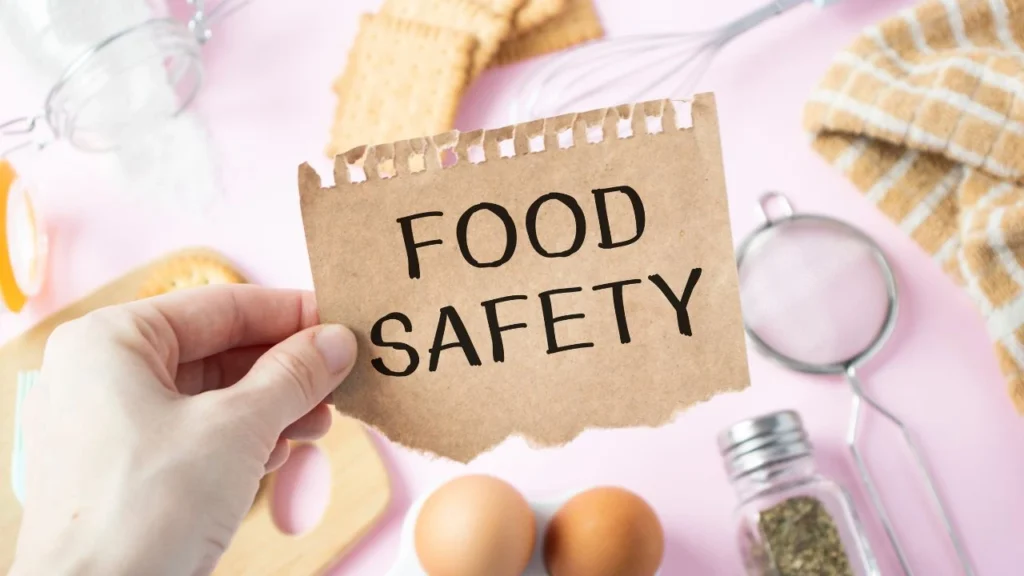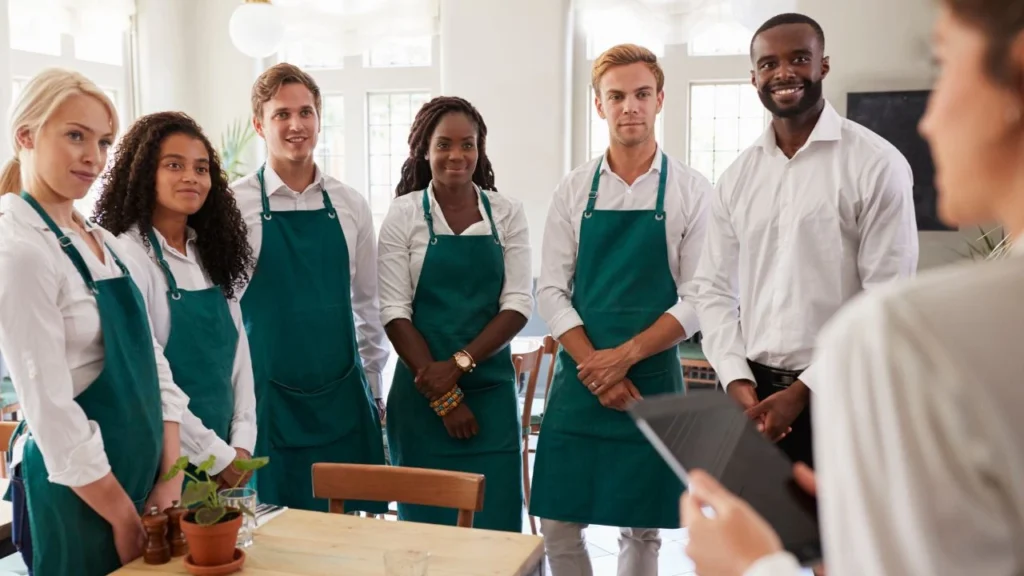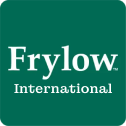Each year, 48 million Americans suffer from foodborne illnesses, with the majority stemming from improper food handling – and in today’s post-COVID world, 61% of diners actively look for visible cleaning and sanitation practices. A restaurant inspection can mean success and closure; even small temperature variations can impact health and safety ratings. Restaurant inspection readiness is essential for owners who must prioritize staff training and maintain strict cleaning protocols to ensure they’re always ready for surprise evaluations, particularly when customer trust hangs in the balance.
Our guide can help you equip your kitchen teams with the essential knowledge and skills needed to excel in food safety practices, helping protect public health and your restaurant’s reputation.
The Critical Role of Cleanliness in Restaurant Success
In the food service industry, the success of my restaurant greatly depends on cleanliness. Keeping things spotless not only makes customers happy but also shows we care about safety and quality. Cleanliness greatly affects how customers see us, so it’s really important.
Understanding the Impact on Customer Perception
Customers want to eat in places that are very clean. A good food safety score can make our reputation better. This brings in more customers and builds trust. But, if we don’t follow health rules, it can lead to bad reviews and fewer customers.
Keeping our dining area clean is key to running a successful restaurant.
Here are some big reasons why being clean is so important in the dining industry:
- Critical Customer Impressions: First impressions are very important. A clean place means customers will trust and enjoy their visit more.
- Enhanced Food Safety: Following good cleaning practices helps prevent foodborne illnesses. Keeping everything clean lowers the chance of spreading germs and getting people sick.
- Regulatory Compliance: Passing health inspections is a must for keeping our doors open without any legal issues.
- Brand Reputation: Using good reviews and certifications in our marketing shows our commitment to safety and quality. This improves our image.
Focusing on cleanliness meets industry standards and affects how customers view and trust our restaurant. This is crucial for a great dining experience and our success.
Developing Comprehensive Training Programs

In the restaurant world, success comes from great service and safety. Having worked in the industry, I know this well. Good training programs are key. They get our team ready for strict food safety checks. They also keep our food quality and restaurant standards high.
Standardized Training Materials and Documentation
We need clear training materials for consistent quality. These guides help both new and existing employees. Everyone learns the right way to do things. Topics include safe food handling and how to keep things clean. Following rules, like the Food Safety Modernization Act, is crucial.
Hands-on Training Methodologies
Theory is important, but so is practice. Our employees act out safety scenarios. This builds real-world skills. It’s great for small to medium businesses. Personal mentorship and examples make a big impact.
Regular Refresher Courses
Refresher courses keep everyone sharp and informed. They’re key for staying up-to-date with health rules and company policies. Employees review and learn about new processes. Things like digital checklists make sure we’re always in compliance.
Safety Training Protocols
Safety training is vital. It covers daily routines and how to handle emergencies. It teaches how to clean and sanitize effectively. This keeps our dining spaces both beautiful and safe.
Our training programs include technology, like online courses and digital lists. This helps us run smoothly. We aim to build a culture focused on safety and quality. That’s how we make sure our guests keep coming back.
Essential Cleaning Techniques for Restaurant Staff
Maintaining high cleaning standards in a restaurant isn’t just for passing inspections. It’s crucial for creating a safe and welcoming atmosphere. This makes customers want to return. We’ll go over how to keep your restaurant clean. These tips will help you meet health codes and keep your kitchen spotless.
Front-of-House Cleaning Standards
- Train all staff on the need for regular cleaning of areas guests often touch.
- Check and clean busy areas hourly, like restrooms, which 81% of customers check for cleanliness.
- Show your cleaning efforts visibly. This makes 89% of customers feel safer and more comfortable.
Kitchen and Food Preparation Area Protocols
- Make sure kitchen staff always wash their hands well. This reduces the spread of germs and illness.
- Keep a strict cleaning schedule for kitchen tools. Each item should be cleaned as its own needs.
- Do regular checks on food stocks. This keeps your kitchen clean and improves how it runs.
Cross-Contamination Prevention Methods
- Teach staff to use different cutting boards and tools for various food types. This avoids cross-contamination.
- Label and store food properly. This prevents mix-ups and keeps food safe.
- Keep staff updated on how to handle food safely, especially when it comes to allergens.
Waste Management Best Practices
- Start recycling and sorting trash correctly. This reduces your environmental impact and keeps your space clean.
- Check how waste is disposed of regularly. This helps find and fix any problems in the process.
- Make sure trash handling follows local laws. This keeps your restaurant up to health standards.
By using these cleaning tips every day, your restaurant will meet strict cleanliness standards. This builds trust with your customers. Good kitchen hygiene and regular checks prepare you for health inspections. They also show customers you care about their health and safety. Also, we have prepared recommendations and commercial kitchen cleaning tips for spotless spaces to help you tackle every corner of your kitchen with ease.
Quality Control Implementation

As a restaurant owner, it’s very important to pass all food safety checks. This involves making sure the food service keeps up with rules. It also builds trust with customers. Here, I’ll share critical things to achieve the best hygiene audit results.
Digital Inspection Systems and Tools
I’ve embraced technology to help with quality control. For example, Lightspeed Restaurant software helps see if everything complies with the rules. It makes this process easier. It also keeps records automatically, solving problems faster.
Standardized Evaluation Procedures
Having the same quality checks everywhere is key. It makes sure customers get the same good service no matter where. Doing hygiene checks often helps keep standards high. It also shows where we can do better.
Continuous Improvement Processes
Always trying to improve is necessary to stay on top in the restaurant world. I keep looking at how things are done and listen to feedback. This helps make our service and food better all the time.
Supplier Quality Management
Quality control also means watching our suppliers closely. They must meet strict standards because they’re a big part of safety inspections. Working well with suppliers means we get the best ingredients. This makes our restaurant a great choice for customers.
By having strict quality control, I follow food safety rules closely. My restaurant becomes a place people trust. This careful approach reduces costs and risks. It also makes us more efficient and popular. It’s key to our success in a tough market.
Staff Motivation and Empowerment Strategies

Integrating hygiene audits, food handling assessments, and sanitation checks requires more than following standards. It demands a team that values their part in keeping things clean and safe. Restaurant owners and kitchen chefs can use several methods to build a positive work culture and boost efficiency.
Recognition and Reward Programs
Recognizing and rewarding staff are key to motivating them and getting them to commit to goals. Praising employees for doing well in sanitation evaluations and food safety checks can improve morale and satisfaction at work. Reward programs based on employee contributions to hygiene audits encourage everyone to keep raising their cleanliness levels.
Career Development Opportunities
Providing chances for career growth empowers employees and equips them with better skills for handling food safely. Continuous learning makes employees feel important and committed to their roles, leading to more job satisfaction and less turnover. This sense of empowerment prompts staff to be more proactive and responsible for cleanliness, supporting the company’s focus on food safety and hygiene.
Creating a Culture of Cleanliness
Building a culture that values cleanliness requires more than just training. It involves aligning the organization’s values with its daily operations. Open communication about the role of hygiene audits is essential. It helps employees understand their responsibilities and how their efforts affect customer satisfaction and safety.
Technology Integration in Training
- Interactive training modules keep staff interested and help them remember cleanliness standards.
- Real-time monitoring tools provide instant feedback and ongoing support during food handling assessments, strengthening the learning experience.
- Digital tools for logging and tracking sanitation ensure cleaning schedules are followed and hygiene standards are met easily.
To sum up, boosting staff motivation and empowerment with thoughtful rewards, career opportunities, a culture of cleanliness, and technology can greatly improve hygiene audits, food assessments, and sanitation checks. These efforts lead to better compliance with health standards, employee satisfaction, and customer trust.
Measuring Training Program Success

To gauge the success of training in restaurant management, we monitor key metrics. These metrics reflect the programs’ outcomes. This goes beyond just sticking to food safety rules. It’s about building a culture of compliance and cleanliness in the kitchen.
Key Performance Indicators
Good training programs have clear Key Performance Indicators (KPIs). These KPIs cover all parts of running a restaurant. For example, better kitchen cleanliness aids in regulatory compliance. It also improves reviews of the dining area. Picking the right KPIs allows us to check on how the operation functions, customer reactions, staff skills growth, and health and safety measures.
Customer Satisfaction Metrics
Customers are key to a restaurant’s success. Looking at customer satisfaction helps understand if cleanliness and service meet their expectations. Feedback can come from comment cards to online reviews and how often customers come back. Matching these metrics with training shows what’s working and what needs improvement.
Health Inspection Readiness
Being ready for health inspections shows training success. Health inspections check cleanliness and food safety rules. Better scores often mean effective training in food handling and cleanliness.
Return on Investment Analysis
Checking the return on investment (ROI) from training highlights its economic value. This analysis weighs training costs against benefits like fewer compliance issues, reduced operation costs, better customer experiences, and stronger customer loyalty. ROI demonstrates why investing in ongoing, thorough staff training pays off in the hospitality sector.
By evaluating these factors, we refine our training. This ensures our programs add tangible value, supporting the business’s long-term success and sustainability.
Restaurant Inspection Readiness
Ending our discussion, we must highlight the big rewards of ongoing training in restaurants. Keeping a clean kitchen and following health codes are key. They lead to success not just during inspections but also in gaining customer trust and business longevity. With over 2.4 million people in the UK having food allergies, educating restaurant staff is crucial to avoid severe issues.
Long-term Benefits of Effective Training
Training benefits go beyond just passing an inspection. In New York City’s 27,000 restaurants, knowledge can mean landing an A grade instead of a C. Every lesson helps build a system ready to tackle small issues and avoid big problems. This can save a restaurant from fines or closing. It’s about creating a culture of safety, health, and excellence.
Action Steps for Implementation
The way forward is clear. We need to embed these essential practices into our daily routines. This means setting up regular training sessions on health and safety codes. We also need ongoing reviews to keep up with standards. Most importantly, we should promote a culture where everyone plays a part in keeping food safe.
As owners and chefs, our commitment to teaching about food safety and readiness is critical. It reflects in our mission. Let’s make food safety education a key part of our work.
FAQ
How can restaurants ensure they are compliant with the restaurant health code?
Restaurants can keep up with health codes by training staff on hygiene. They must follow kitchen and cleaning protocols. Knowing the local health rules and checking food handling internally is key.
What role does cleanliness play in a restaurant’s success?
Cleanliness greatly affects how customers see a restaurant. It ensures the place meets health standards and passes safety checks. Good cleanliness reviews are crucial for success.
What should comprehensive training programs for restaurant staff include?
Staff training must have clear materials and hands-on learning. It needs regular updates and safety protocols. This helps with food quality and safety inspections.
What are some essential cleaning techniques for restaurant staff?
Important cleaning methods include keeping dining areas clean. Staff must follow kitchen cleaning rules and stop food cross-contamination. Following waste management practices is also a must.
How can quality control be implemented in restaurants?
Quality control involves digital tools and standard checks. It requires continuous improvement and checking supplier standards. This ensures readiness for hygiene audits.
What strategies can be used to motivate and empower staff?
Encouraging staff can be done through reward programs and career chances. Building a cleanliness culture and using tech in training is effective. This helps in handling food safely.
How do you measure the success of a training program in a restaurant?
Training success is seen in improved kitchen cleanliness and safety preparation. It’s also in higher customer satisfaction and readiness for health checks. Analyzing the return on training investment is crucial.
Resources
https://www.lingio.com/blog/how-to-train-restaurant-staff
https://www.issa.com/articles/best-practices-for-commercial-kitchen-cleaning/








